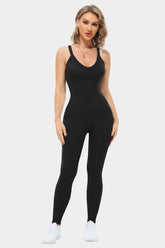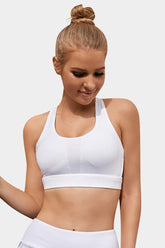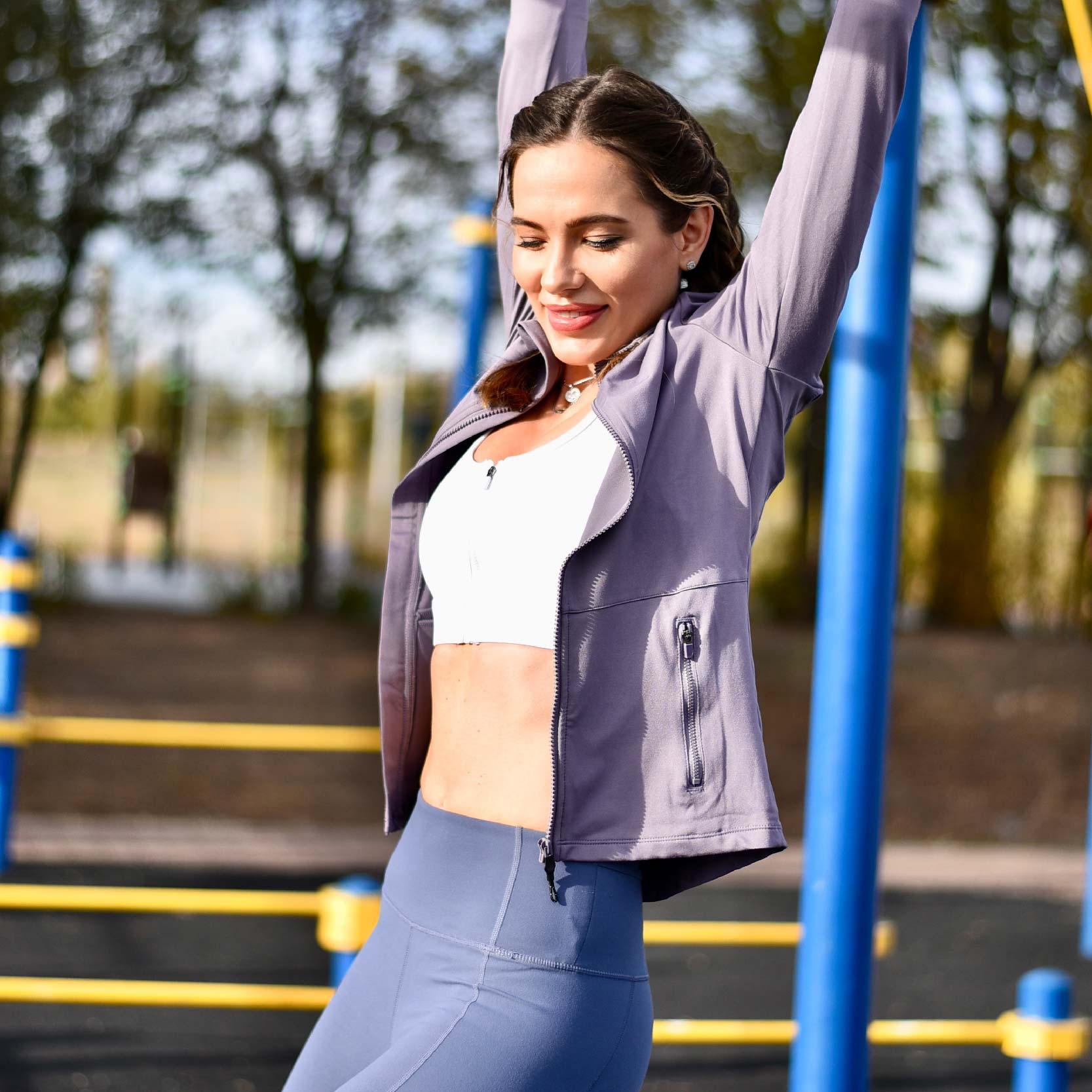Yoga: 5 Reasons Every Man Must Make Time for Yoga
The thought that yoga is exclusive to women is not the case anymore and is factually inaccurate, just like the presumption that yoga is simple. This is not the reality of things. The reality is that yoga can be more mentally and physically demanding than most typical workouts. Not many routines enhance body strength, tend to focus on the mind, and foster general well-being like yoga.
Yoga enhances agility, alignment, and cognitive performance, helps to relax, and facilitates a healthy mind-body connection. Studying your body and understanding how it keeps moving improves general confidence, efficiency, and flexibility. There are a number of reasons why yoga is an excellent workout for men.

5 Reasons Every Man Must Make Time for Yoga
01: It Enhances Power
Yoga poses, rather than using dumbbells or reaction devices, rely on your muscle mass to establish muscular endurance. The varying yoga postures incorporate versatile body movement as you progress from posture to posture and linear muscle contraction while taking more or less every posture. Such asana target small and large muscle groups simultaneously. Shoulder balances, twists, and poses such as extensive plank postures and minimal push-up put your arms, shoulders and core to the test. Standing positions such as Warrior II and Chair posture have the same effect on the feet.
02: Brings Agility
Sometimes men avoid yoga because they do not believe they are agile enough. Men, this should be a factor for yoga, not to avoid practicing! Lifting weights and cardio sports will cause your muscle fibers to stiffen and tighten. Such activities may restrict the body's pace and fluidity if not sufficiently stretched. Some sports events, such as tennis, baseball, and golf, irregularly strain and stiffen the body, causing even more misalignments. Yoga is an excellent activity for improving general bodily harmony. It moisturizes the skin, emulsifies the tendons, expands muscle tissue, and reshapes the nervous system.
03: Improves Body Consciousness
Yoga is associated with grace, flexibility, alignment, and fluidity. Sometimes men are labeled as clumsy, weird, unstable, and hard. It is understandable for a man to feel unfit for yoga. In real life, irrespective of gender, some individuals are intrinsically more versatile than others. Everyone is different; few people are more cohesive than others. Yoga is a process of transformation. You are constantly concerned with your range of motion, alignment, and fluidity. Whenever you bend over, you might be able to perceive the ground. You might be ready to feel the ground with another try. A man's agility, or the complete absence thereof, is not rated in yoga since it lacks judgment.
After all, it is a motivation to continue exercising in order to become more conscious of your system and its adjustments.
04: Helps You Avoid Injury
The body can make up for areas that are weak and sore. Suppose a muscle fails; the body can accommodate by discharging other muscle tissue to fulfill the activity or mobility. This often goes unnoticed, but it can lead to unbalanced patterns and structures of tension and stiffness over time. Since yoga encourages learners to stimulate, enhance, and enlarge postural muscles that you may overlook or underutilize. This sensitivity aids in injury prevention by uncovering and correcting inequalities in the body to mitigate more problems.
05: Speeds Rehabilitation
Yoga is well-known for promoting fluidity and stress relief throughout the body. Once our muscle fibers and other organs take a breather, more blood and other hydration can circulate further into the muscle groups and covering tendons and ligaments. This increment in blood circulation gives more nutrients and oxygen to overworked muscles, promoting healing and shortening recovery times after exercise.
These five advantages are only but a few. Yoga also boosts the immune system, sleep, intellectual ability, cardiovascular function, and many other benefits. You should encourage any gentleman you know could benefit from yoga, motivate him.

Best Yoga Poses for Men
01: Down Canine
Unfold the ankles, elbows, thighs, and quads while strengthening the biceps and spine.
How to do it
Begin on your knees and hands, with your knees and hips wide apart. Stretch your fingertips wide and position your hands chest apart. Lift your legs off the ground and straighten your legs by pressing forcefully with your forearms. If you experience tight quadriceps, a moderate bending in the calves is sufficient. To prolong the stance, walk your fingertips ahead a few steps and your legs back a few yards.
Tighten your legs and force them against the rear wall. Push your feet back and forth near the ground. Loosen up your shoulders and neck and allow your shoulders fall down your spine towards your legs. Focus on your feet; squeeze your tummy and contract your abdominal tissues. Deepen your breathing. Continue for a few minutes, then relax and resume.
Why it's healthy for you: Excessive stiffness in the gluts and groin causes back discomfort. We also frequently have extremely tight elbows. Downward dog stretches those muscles while strengthening the arms and shoulders. When you can only perform one posture each day, begin with Down Dog.
This message is for you, guys. Yoga is not only for girls. Even males can enjoy tremendous benefits by stepping on a mat on the ground and exercising your body. In reality, males have bigger and stiffer musculature than ladies; they may profit far better from performing some yoga positions.
If the thought of holding oneself up in a pelvic tilt or curling and locking seems scary, do not worry. There are still yoga poses available that expand the quads, thighs, shoulders, and arms, as well as ones that help you tone your physique.
If you prefer to spice everything up, you may sign up for any free 1 month Yoga Program, which will provide you with regular inspiration to get started.
Now that you are raring to start the yoga journey, attempt these yoga positions to get you started.

Source: photo from online
02: Chair Pose
Enhances quads, ankles, backbone, and feet while stretching the arms and chest
How to do it
Rise with both big feet connected. Breathe and raise your hands plainly and simply to the roof, hands toward each side, supporting your neck and face. Lower your elbows down your spine and extend your neck. While you breathe, bow your legs and sit back and down. Keep your knees from extending way beyond your toes. Extend the backbone with each inhalation. Relax a little lower in the chair with each exhalation. Your quadriceps will ultimately align with the ground.
Lower your back down toward the ground to relieve pressure from your lower back. Ensure your core muscles are busy and keep your thighs and knees against each other. Stay in this position at least for 25 seconds.
Why the chair pose might be excellent for you: Without need for a gym! The chair position burns belly fat while exercising the leg muscles.

Source: photo from online
03: Folding Forward
How to do it
Squeeze the quadriceps, thighs, and pelvis while strengthening the legs and knees.
Be upright with your feet shoulder apart, tilting toward the hips, and dropping your body more towards the ground. Flex your knees to relieve strain on your calves.
Reach your to your knees or use opposing hands to hold opposite elbows. Inhale gently and let gravitation pull your body below the ground. Calm your mind, shoulders, arms, and forehead. Bounce your body gradually or shake your head softly. Continue rolling for one second before rolling back upright.
This is the reason why you should try it out: This is a great move to use as part of a warm-up for any workout. We often have a hard time knowing when we are holding excess tension in our head, neck, and shoulders, and anxiety can cause migraines, sleeplessness, poor oxygenation, and diminished pressure in the lungs. Slow, steady breathing combined with this stance can help reduce your pulse level over time.

Source: photo from online
04: Warrior 1 Pose
Squeezes the elbows and hips while strengthening the lower and upper bodies.
How to Go about Warrior pose:
Enter the circular lunge by putting your big toe forward while performing the lunges. Push your left foot and rotate your left foot to look at the left part of the facility. The rear of your leg must be level with the entrance. Breathe and raise your arms beside your head, thumbs toward one another, and lower your arms all the way across your back.
Raise your body off your front foot. Allow your side knee to stretch past your feet. Your legs should point forward. Hold the position for 1 minute. Continue on the other side.
Reason for tying this: Warrior expands room and movement in spots in which men require it the most: the neck, knees, and ankles; this is one posture builds strength in and near the knee, making it ideal for high-impact activities.

Source: photo from online
05: Pose in a Boat
Pose in a boat to help strengthen your abdominals, spine, forearms, and adductor muscles. Relax
Concentrate your abdominals and maintain a level backbone as you elevate your back ankle, followed by the left.
Draw them together again, and consider gripping a page in your legs to get them moving. Raise your shoulders and stretch your feet gradually while maintaining your spine level. Stretch your heels wide and strike toward the soles of your feet. Stretch your forearms to the front of the house, and on either end of your feet, press down firmly, maintaining these in alignment with your elbows. Continue for 25 seconds, gradually increasing to a minute or more.
Boat improves proper gland and reproductive hormone performance while improving the middle and spine regions.

Source: photo from online
06: Bridge
Bridge pose extends the torso, shoulders, backbone, and buttocks.
How to perform it
Position yourself on your back, knees should be bent and position your feet hip-width separated on the ground. Let your hands trickle down your heels from the back. Position your forearm along with your stomach, hands down slightly, and breathe to raise your hip bones off the ground and push them to the rooftop. Maintain a straight line between your heels and your knees. Slip your forearm down beneath your stomach, stitching your hands, and push the back sides of your hands into the ground while continuing to elevate your thighs. Maintain for 30–60 seconds, allowing your hips to hover faster upon each inhalation.
When you drop your hips, exhale. Do this three times.
Why it's beneficial: Many men have tight tendons and ligaments around the breastbone, which can decrease respiratory function. Bridging opens the shoulders and relaxes tense muscles, allowing for deeper, more comfortable breathing. This position can help relieve infection of the respiratory difficulties and increase efficiency in all daily activities as time progresses.

Source: photo from online
07: Pose with a Half Bow
Half Bow Pushes groin, biceps, and hips while strengthening the spine.
How to perform the half bow:
Relax on your tummy and extend your left hand backward towards your left leg, hand upwards. Extend your right arm forward toward you with your right foot backwards you. Flex your left heel so that it touches your tailbone. Take a deep breath and grip the side of the left foot.
Try to raise your hips high and squeeze your heel into your palm. Keep pushing your feet upward and backward and breathing gently and thoroughly. Continue for 25 seconds before switching sides. Try this once or twice more.
Grip your ankles for the deep bow pose.
Why it's beneficial: The bowed position is one of the most stress-relieving positions because it expands the chest cavity and allows you to breathe in more air. Powerful abs is fantastic, but they might result in injuries if the back is not becoming strong. Bow pose addresses this, lowering your chance of injury from muscle tension.

Source: photo from online
Conclusion
Although ladies love yoga in large numbers, the percentage of guys engaging in the discipline is rapidly increasing! And once you consider all of the advantages to becoming a yogi, it will be helpful to you. It improves alignment, healthier metabolism, chronic pain alleviation.





